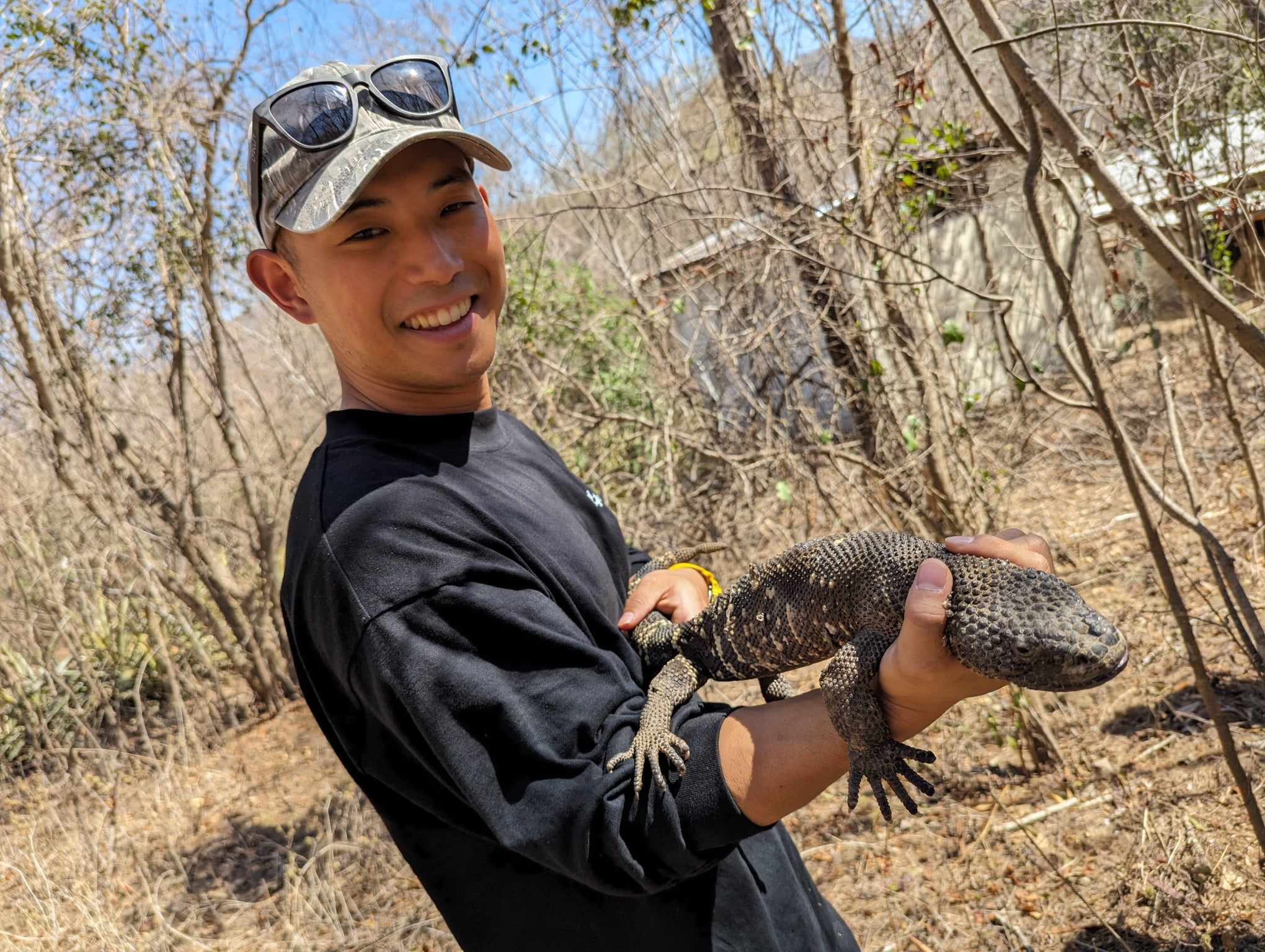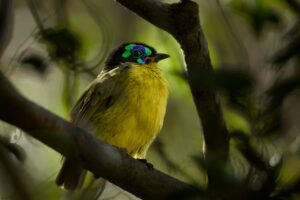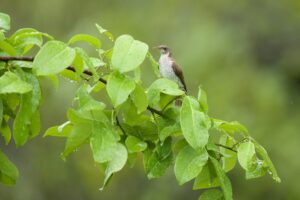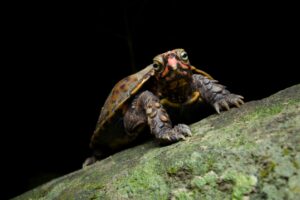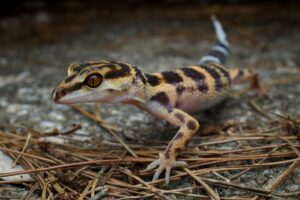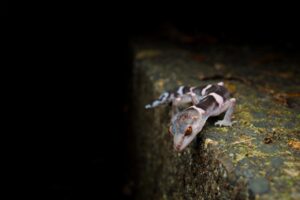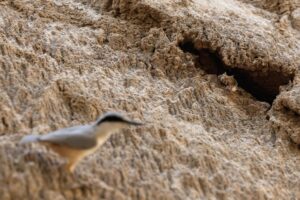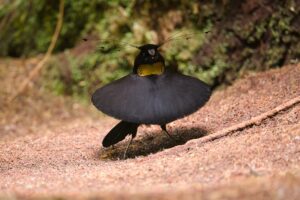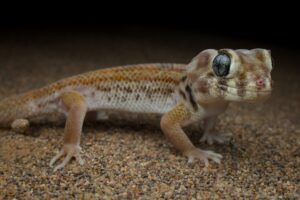The Andean cock-of-the-rock (Rupicola peruvianus) is an iconic bird of the South American Andes, renowned for its vibrant red plumage and unique courtship displays. During the breeding season, males gather in groups for a behavior known as “lekking,” captivating birdwatchers worldwide. Recently, the species has garnered renewed attention due to the distinction between subspecies on the eastern and western sides of the Andes, with noticeable differences in coloration. Here, we delve into the fascinating world of this bird.
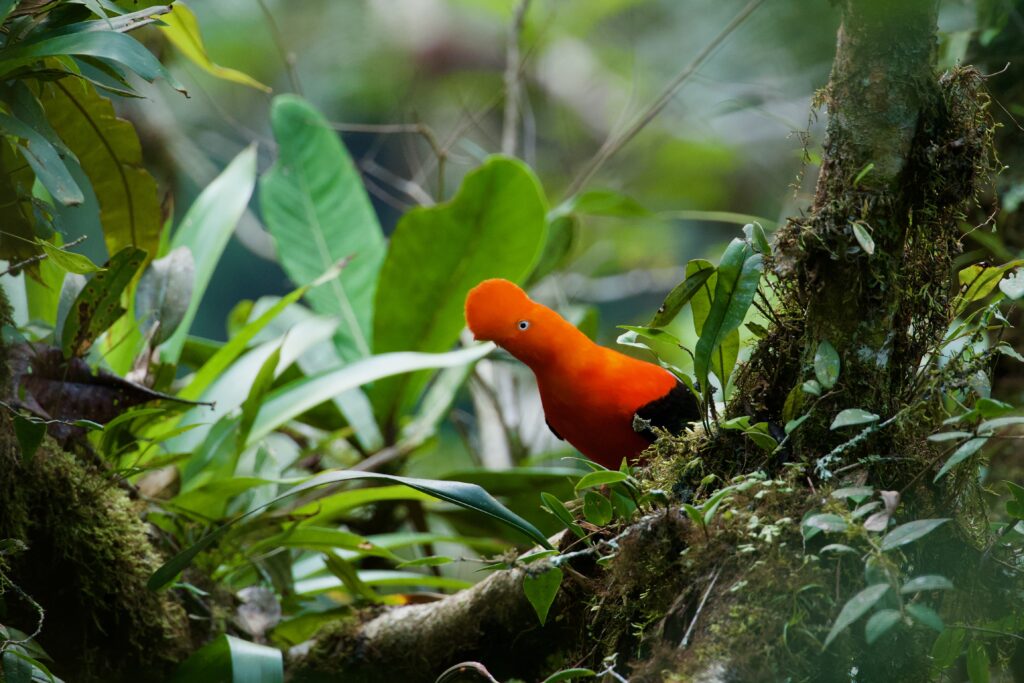
What is the Andean Cock-of-the-rock?
The Andean cock-of-the-rock belongs to the Cotingidae family and inhabits the cloud forests of the Andes at altitudes of 500–2,400 meters.
- Male Features:
Males are characterized by their bright red or orange plumage and a prominent disk-shaped crest. Their unique appearance, with barely visible beaks, leaves a lasting impression. - Female Features:
Females are less colorful, with brownish feathers that provide camouflage as they build nests on cliffs and near waterfalls. - Diet:
Their primary diet consists of fruits, but they are known to eat small insects, frogs, and lizards occasionally.
Breeding Season and Lekking
During the breeding season, males engage in a courtship display called “lekking.” At specific points along riverbanks or within forests, up to 50–100 males gather to display their vibrancy and attract females. Interestingly, only a few females—sometimes no more than three—arrive at these leks, making the competition highly intense.
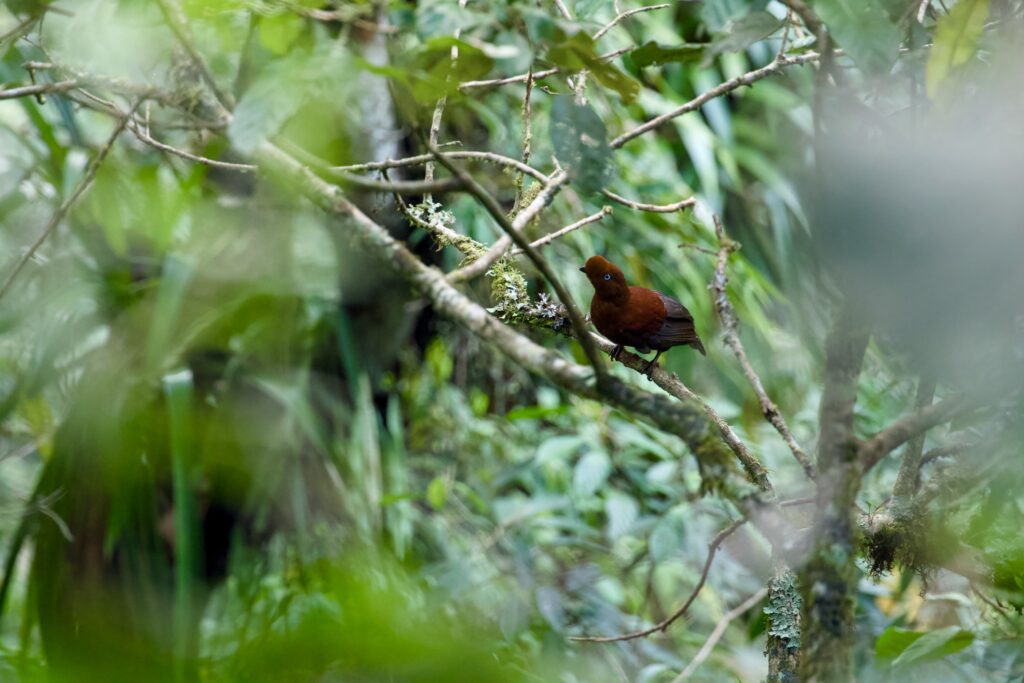
How to Enjoy Observing Them
Male Performances
Males perform an array of behaviors, including spreading their feathers, hopping, and producing unique calls to attract females. Their movements become even more dynamic when females are nearby, offering clues to their presence.
Finding Lekking Sites
Lekking typically occurs near cliffs, so bring binoculars or a camera and find a suitable observation spot nearby.
Tips for Photographing the Andean Cock-of-the-rock
Equipment Preparation:
- Bring binoculars and a telephoto lens (300mm or longer is ideal).
- A tripod is essential for stability, as observing and waiting at lekking sites can take time.
- Cloud forests can be dim, especially in the early morning or evening, so consider using a bright lens.
Clothing and Gear:
- Wear non-slip trekking shoes suitable for walking on cliffs and in damp forests.
- Waterproof clothing and bags are necessary to cope with the high humidity of cloud forests.
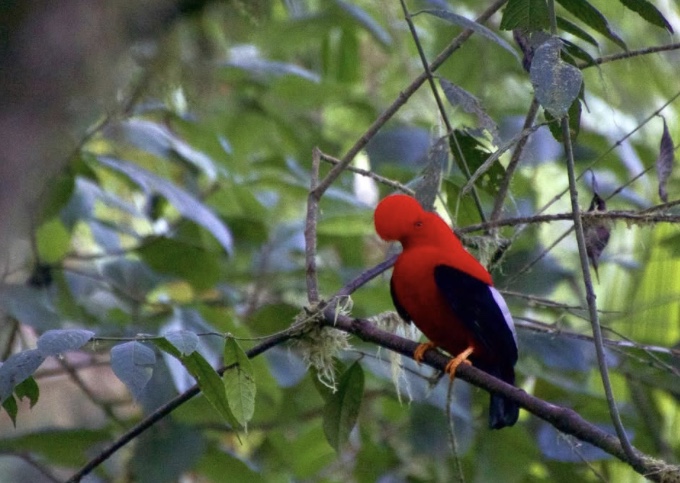
Best Time for Observation and Photography:
- Lekking usually occurs in the morning or evening. Many tours plan visits during these times to maximize sightings. Guides can take you to the most active lekking sites in the area.
Recommended Locations for Observation
The Andean cock-of-the-rock is widely distributed across the Andes, but the following areas are particularly recommended:
- Peru: Manu National Park is a well-known hotspot. The bird is also the national bird of Peru.
- Ecuador: The cloud forests around Mindo offer accessible lekking sites.
Two Subspecies of the Andean Cock-of-the-rock
The Andes Mountain Range acts as a natural barrier, dividing the species into two distinct subspecies:
- In the western Andes, males are predominantly red.
- In the eastern Andes, males exhibit an orange hue.
This divergence likely arose over time due to the range’s formidable height (over 6,000 meters), isolating populations on either side.
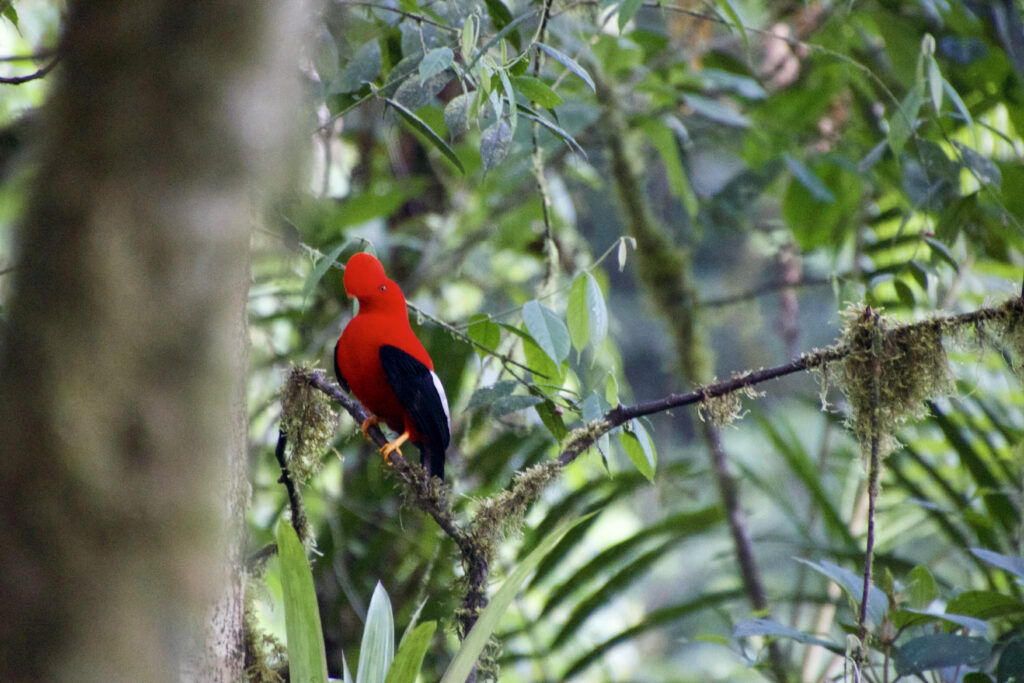

Conclusion
Observing and photographing the Andean cock-of-the-rock offers a once-in-a-lifetime opportunity to immerse yourself in the breathtaking nature of South America. From their dazzling appearance to their intricate courtship displays, this bird is a true marvel. Proper preparation and a commitment to respecting nature will ensure a rewarding experience. If you visit the cloud forests of South America, don’t miss the chance to encounter this fascinating species!

